To install a gas tankless water heater, follow these steps: shut off the gas supply, disconnect the old unit, mount the new unit on the wall, connect the gas and water lines, and finally, test for any leaks. In today’s fast-paced world, installing a gas tankless water heater can provide various benefits such as energy efficiency, endless hot water supply, and space-saving designs.
Unlike traditional water heaters, tankless water heaters only heat water when it’s needed, saving energy and reducing utility bills. With their compact and wall-mounted designs, they can fit in tight spaces, making them ideal for apartments and smaller homes. If you’re considering upgrading to a gas tankless water heater, this article will provide you with a step-by-step guide to help you with the installation process.
Understanding The Basics Of Gas Tankless Water Heaters
Gas tankless water heaters have revolutionized the way we experience hot water in our homes. With their compact size, energy efficiency, and unlimited hot water supply, it’s no wonder why more and more homeowners are opting for this modern solution. In this section, we will delve into the basics of gas tankless water heaters, including how they work, the advantages they offer, and the factors to consider before installing one in your home.
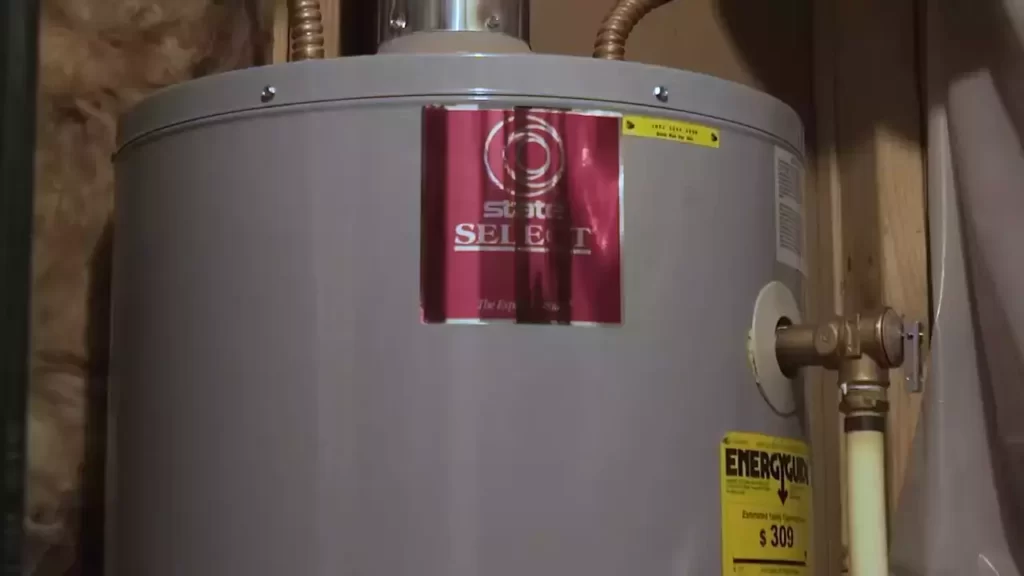
How gas tankless water heaters work
Gas tankless water heaters work on a simple yet efficient principle. Instead of storing hot water in a traditional tank, they heat water on demand as it flows through the unit. This is achieved through a powerful gas burner, which heats the water rapidly to the desired temperature.
When a hot water tap is opened, cold water enters the unit, triggering the flow sensor. The flow sensor then activates the gas burner, which ignites and heats the water as it passes through the heat exchanger. Once the desired temperature is reached, the burner turns off, and the hot water is ready to use.
Advantages of installing a gas tankless water heater
The advantages of installing a gas tankless water heater are numerous, making it a popular choice among homeowners:
- Endless hot water supply: Unlike traditional water heaters that can run out of hot water, a gas tankless water heater provides an unlimited supply of hot water, ensuring everyone in the household can enjoy a hot shower or bath.
- Space-saving design: Gas tankless water heaters are compact and wall-mounted, freeing up valuable floor space in your home. This makes them ideal for apartments, condos, and small houses.
- Energy efficiency: By heating water on demand, gas tankless water heaters eliminate the standby heat loss associated with traditional water tanks. This results in significant energy savings and reduced utility bills.
- Longer lifespan: Gas tankless water heaters typically have a longer lifespan compared to traditional water heaters. With proper maintenance, they can last up to 20 years or more, providing long-term value for your investment.
Factors to consider before installing a gas tankless water heater
Before installing a gas tankless water heater, there are a few important factors to consider:
- Gas supply: Ensure that your home has a reliable and adequate supply of natural gas or propane to fuel the tankless water heater. If you’re unsure, consult a licensed plumber or heating professional to assess your gas supply.
- Water demand: Evaluate your household’s hot water demand to determine the appropriate size of the tankless water heater. Factors such as the number of bathrooms, appliances, and family size will affect the unit’s capacity requirements.
- Installation location: Choose a suitable location for the tankless water heater, considering factors such as ventilation requirements, accessibility for maintenance, and proximity to the gas and water lines.
- Cost considerations: While gas tankless water heaters offer long-term energy savings, they may have a higher upfront cost compared to traditional water heaters. Evaluate your budget and weigh the benefits of the investment in terms of energy efficiency, durability, and convenience.
By considering these factors and understanding the basics of gas tankless water heaters, you’ll be well-equipped to make an informed decision and enjoy the benefits of this innovative water heating solution in your home.
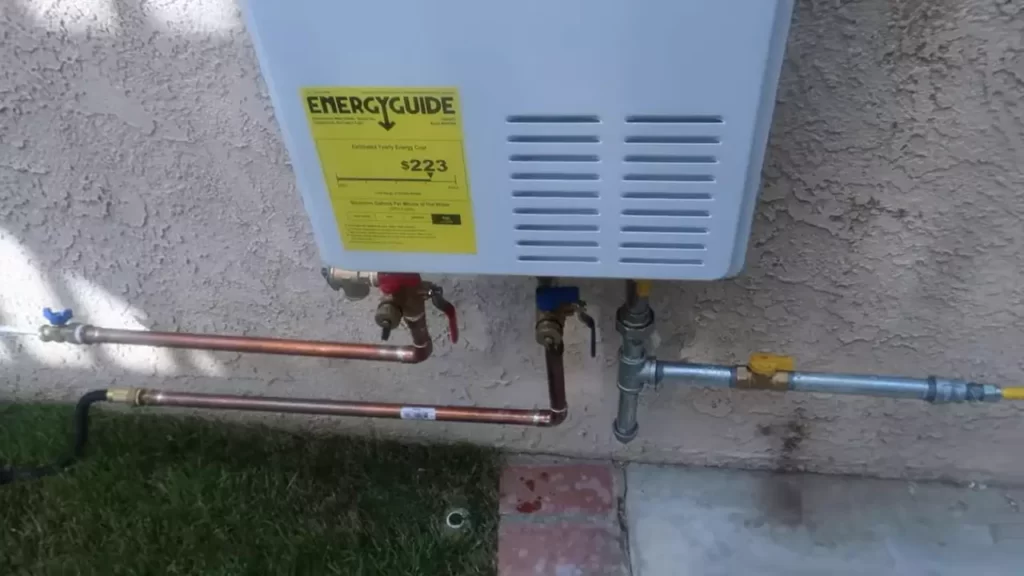
Preparing For Installation
If you’re ready to upgrade to a gas tankless water heater, it’s important to properly prepare for the installation. Taking the necessary steps before beginning the installation process will ensure a smooth and efficient transition to your new water heater. In this section, we will guide you through the steps of preparing for the installation, including assessing the installation area, gathering the necessary tools and materials, and shutting off the gas supply and disconnecting the old water heater.
Assessing the installation area
Before installing your gas tankless water heater, it’s important to assess the installation area to ensure it meets the necessary requirements. Here are a few key factors to consider:
- Location: Choose a well-ventilated area that is easily accessible for maintenance and repairs. Make sure there is enough clearance around the water heater for proper airflow.
- Gas supply: Ensure that there is a gas supply line available near the installation area. If not, you may need to consult a professional to extend the gas line.
- Water connections: Check for existing water connections in the installation area. If there are none, you will need to hire a plumber to install the necessary water lines.
- Electrical requirements: Gas tankless water heaters typically require an electrical outlet nearby. Check if there is an electrical supply in the vicinity or if any modifications are needed.
Gathering the necessary tools and materials
Before getting started, gather all the tools and materials you will need for the installation. Having everything prepared in advance will save you time and ensure you have everything necessary to complete the job. Here’s a list of the essential tools and materials you may require:
| Tools | Materials |
| – Adjustable wrench | – Gas pipe sealant tape |
| – Pipe cutter | – Gas shut-off valve |
| – Pipe wrench | – Water pipe fittings |
| – Screwdrivers | – Teflon tape |
| – Tape measure | – Mounting brackets |
| – Wire cutters/strippers | – Venting materials |
Shutting off the gas supply and disconnecting the old water heater
Prior to installing your new gas tankless water heater, you need to shut off the gas supply and disconnect the old water heater. Follow these steps:
- Locate the gas shut-off valve near the old water heater. Turn it clockwise to shut off the gas supply.
- Next, turn off the electrical supply to the old water heater.
- Drain the old water heater by connecting a hose to the drain valve and emptying the water into a suitable location.
- Disconnect the gas line by turning the union nut counterclockwise.
- Disconnect the water lines by using a pipe wrench to loosen the fittings.
- Remove the old water heater and clear the surrounding area.
By thoroughly assessing the installation area, gathering the necessary tools and materials, and shutting off the gas supply and disconnecting the old water heater, you’ll be well-prepared for the next steps of installing your gas tankless water heater. Follow along with our installation guide to complete the process with ease.
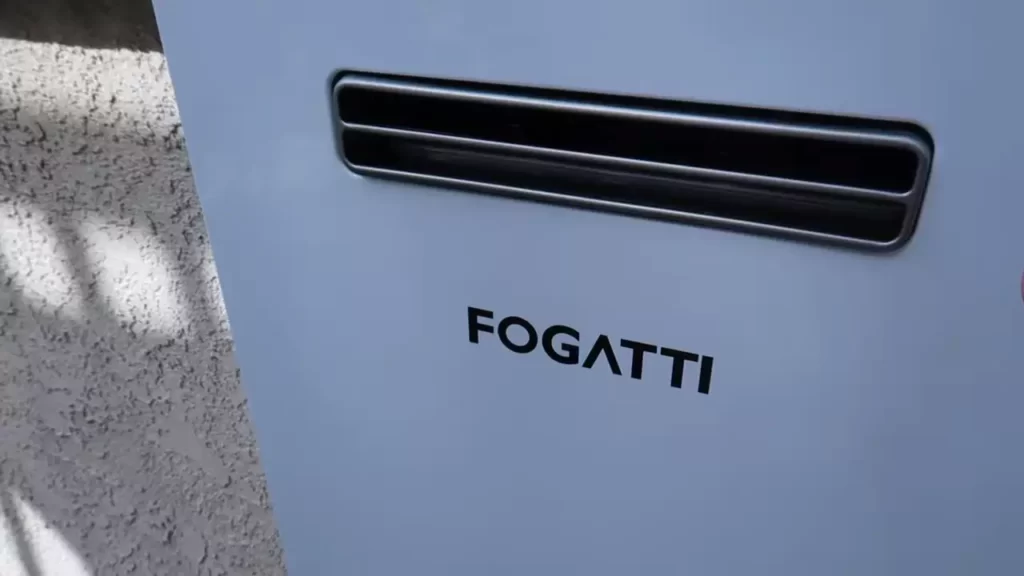
Installing The Gas Tankless Water Heater
When it comes to installing a gas tankless water heater, it’s important to follow the proper steps to ensure a secure and efficient installation. In this section, we will guide you through each step of the installation process, from mounting the unit securely to adjusting the temperature and pressure settings.
MOUNTING THE UNIT SECURELY
The first step in installing a gas tankless water heater is to mount the unit securely. This is important to ensure the safety of the installation and prevent any accidents. Follow these steps to mount the unit:
- Choose a suitable location for the water heater. Make sure it is near a gas supply line and has proper ventilation.
- Securely attach the mounting bracket to the wall using screws and anchors.
- Place the water heater onto the mounting bracket and ensure it is level.
- Tighten the mounting screws to secure the unit in place.
CONNECTING THE GAS LINE
The next step is to connect the gas line to the tankless water heater. This ensures the unit receives the necessary fuel to operate efficiently. Follow these steps to connect the gas line:
- Locate the gas supply line and ensure it is turned off.
- Attach a flexible gas connector to the gas supply line using a wrench.
- Apply a suitable gas sealant to the threads of the gas connection.
- Tighten the gas connector onto the water heater gas inlet using a wrench.
- Turn on the gas supply and check for any gas leaks using a soap solution.
INSTALLING THE WATER SUPPLY AND VENTING SYSTEM
After connecting the gas line, the next step is to install the water supply and venting system. This ensures a proper flow of water and proper venting of exhaust gases. Follow these steps to install the water supply and venting system:
- Connect the cold water supply line to the water inlet on the water heater.
- Connect the hot water outlet to the plumbing system using suitable connectors.
- Install a suitable vent pipe to the exhaust outlet of the water heater.
- Securely attach the vent pipe to the water heater using clamps.
- Ensure proper ventilation to remove exhaust gases efficiently.
ADJUSTING THE TEMPERATURE AND PRESSURE SETTINGS
Once the gas tankless water heater is securely mounted and connected, it’s important to adjust the temperature and pressure settings for optimal performance. Follow these steps to adjust the settings:
- Refer to the manufacturer’s instructions for adjusting the temperature and pressure settings.
- Use a suitable tool to adjust the temperature and pressure controls on the water heater.
- Set the temperature to your desired level, keeping in mind the safety guidelines.
- Check the pressure release valve to ensure proper pressure regulation.
With these steps, you are now ready to install your gas tankless water heater securely and efficiently. Remember to always follow safety guidelines and refer to the manufacturer’s instructions for specific details regarding your unit. Enjoy the benefits of endless hot water with your newly installed gas tankless water heater.
Ensuring Proper Ventilation
Understanding the Importance of Proper Ventilation
Proper ventilation is crucial when it comes to installing a gas tankless water heater. Without it, the unit may not function efficiently and could pose safety risks. Ventilation allows for the removal of exhaust gases produced by the heater and ensures fresh air is supplied for combustion. Inadequate ventilation can lead to a buildup of harmful gases, such as carbon monoxide, which can be toxic and even fatal.
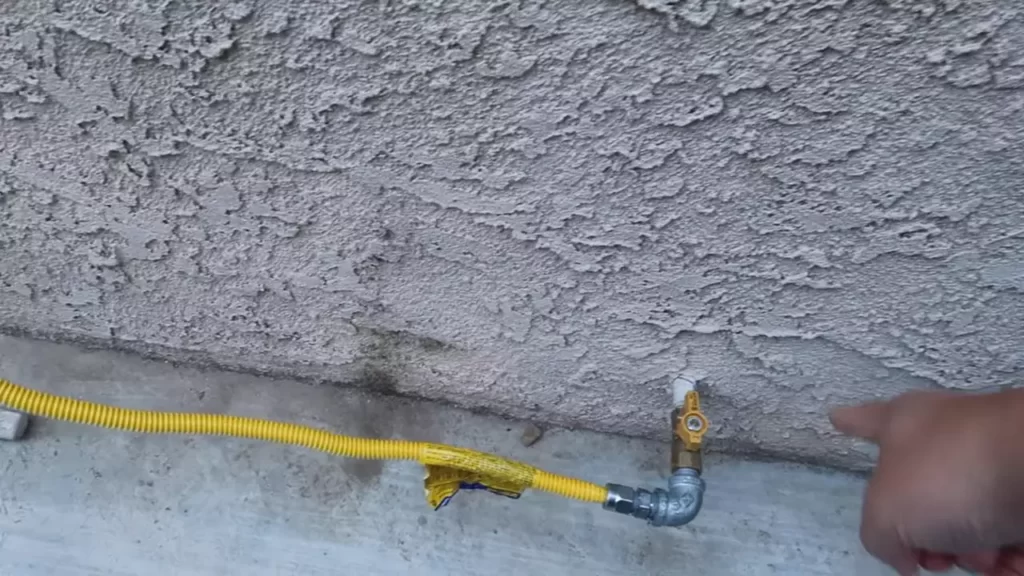
Choosing the Right Venting System for Your Gas Tankless Water Heater
The venting system you choose for your gas tankless water heater can greatly impact its overall performance and safety. There are three main types of venting systems commonly used for tankless water heaters:
- Direct Vent: This system uses two separate pipes to bring in air for combustion and expel exhaust gases. The pipes can be installed vertically or horizontally, providing flexibility in installation.
- Power Vent: A power venting system relies on a fan to push exhaust gases out of the unit. This type of venting allows for greater flexibility in the placement of the water heater, as it can be vented horizontally or vertically.
- Combustion Air Vent: This type of venting system utilizes the air from the room where the unit is located for combustion. It is important to ensure that the room has enough air supply for this type of system to function properly.
When choosing the right venting system for your gas tankless water heater, consider factors such as the location of the unit, the distance to an exterior wall, and any local building codes or regulations.
Installing and Maintaining the Venting System
Proper installation and maintenance of the venting system are essential to ensure the safe and efficient operation of your gas tankless water heater. Here are some key steps to follow:
- Follow the manufacturer’s instructions: Each venting system may have specific installation requirements outlined by the manufacturer. Refer to these instructions carefully to ensure proper installation.
- Inspect the venting system regularly: Regular inspection of the venting system is necessary to identify any blockages or damages that may impede airflow. Look for signs of corrosion, obstructions, or leaks, and address any issues promptly.
- Clean the vents: Over time, vents can accumulate debris such as dust or lint. Regularly clean the vents to maintain proper airflow. Use a soft brush or a vacuum cleaner to remove any obstructions.
- Check for proper draft: Ensure that the venting system has a proper draft, meaning that the exhaust gases are flowing out of the unit and not back into the living space. You can use a smoke pencil or a matchstick near the vent to check the direction of the airflow.
By following these steps, you can ensure the ventilation system of your gas tankless water heater is properly installed and maintained, minimizing the risk of safety hazards and optimizing its performance.
Testing And Troubleshooting
In order to ensure the proper installation of your gas tankless water heater, it is important to conduct a series of tests and troubleshoot any potential issues that may arise. This will not only guarantee that your water heater is in perfect working condition, but it will also help you identify and fix any installation problems before they become major concerns. In this section, we will guide you through the essential steps of conducting a pressure test, checking for leaks, and troubleshooting common installation issues.
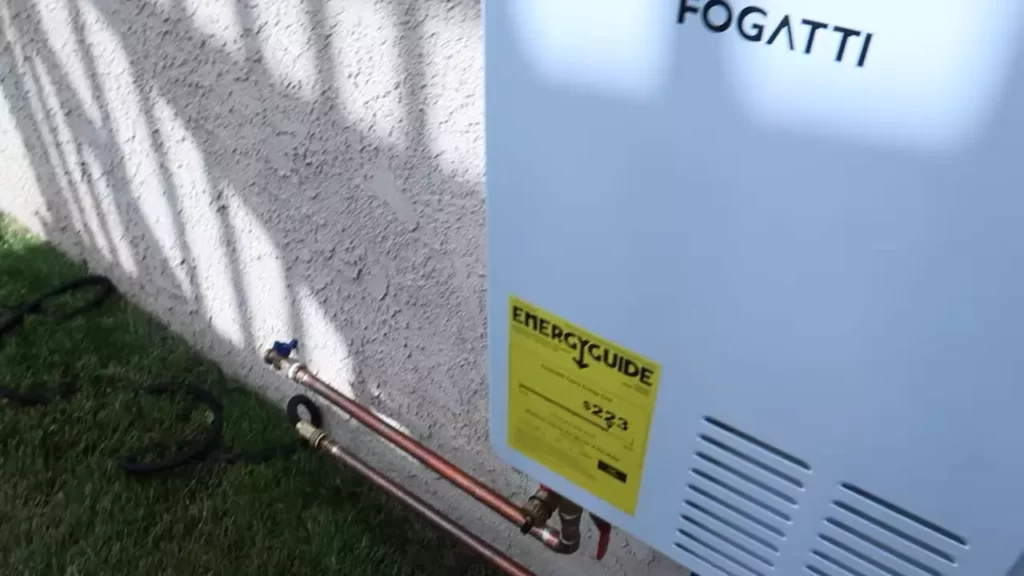
Conducting a pressure test
One of the first and most crucial tests you should perform after installing a gas tankless water heater is a pressure test. This will help you ensure that the water heater is able to handle the required water pressure effectively and efficiently.
To conduct a pressure test, follow these steps:
- Shut off the gas supply to the water heater and turn off the water inlet valve.
- Connect a pressure gauge to a drain valve or a hose bib on the water heater.
- Open a hot water faucet in your home to relieve pressure.
- Turn on the water inlet valve and slowly fill the tank with water.
- Once the tank is full, close the drain valve or hose bib
- Observe the pressure gauge reading. It should match the recommended pressure for your specific model.
Checking for leaks
After successfully conducting a pressure test, the next step is to check for any possible leaks in the gas tankless water heater installation. Leaks can cause significant damage and compromise the performance of your water heater, so it is crucial to identify and fix them promptly.
To check for leaks, follow these steps:
- Visually inspect all connections, joints, and fittings for signs of leaks such as water droplets or dampness.
- Use a mixture of dish soap and water to create a solution.
- Apply the soapy solution to all connections and joints.
- If you notice any bubbles forming, it indicates a leak. Tighten the connection or replace the faulty part as necessary.
- Repeat the process until no leaks are detected.
Troubleshooting common installation issues
Even with the proper installation, you may encounter some common issues that can affect the performance of your gas tankless water heater. Here are a few troubleshooting tips to help you address these problems:
| Issue | Troubleshooting Steps |
|---|---|
| No hot water | Check the thermostat settings and adjust if necessary. Ensure that the gas supply is turned on and that there are no obstructions in the water lines. |
| Inadequate hot water | Verify that the water flow is sufficient. Clean or replace the water filter if clogged. Check for any mineral build-up inside the water heater. |
| Strange noises | Flush the water heater to remove any sediment. Inspect the heat exchanger and the burner for signs of damage or blockage. |
| Frequent cycling | Ensure proper venting and ventilation. Check for any air or gas leaks that may be causing the system to cycle more frequently than necessary. |
| Error codes | Refer to the user manual to understand the meaning of the specific error code displayed. Follow the recommended troubleshooting steps accordingly. |
By conducting a pressure test, checking for leaks, and troubleshooting common installation issues, you can ensure that your gas tankless water heater operates efficiently and effectively. Regular maintenance and proper care will prolong the lifespan of your water heater and provide you with reliable hot water whenever you need it.
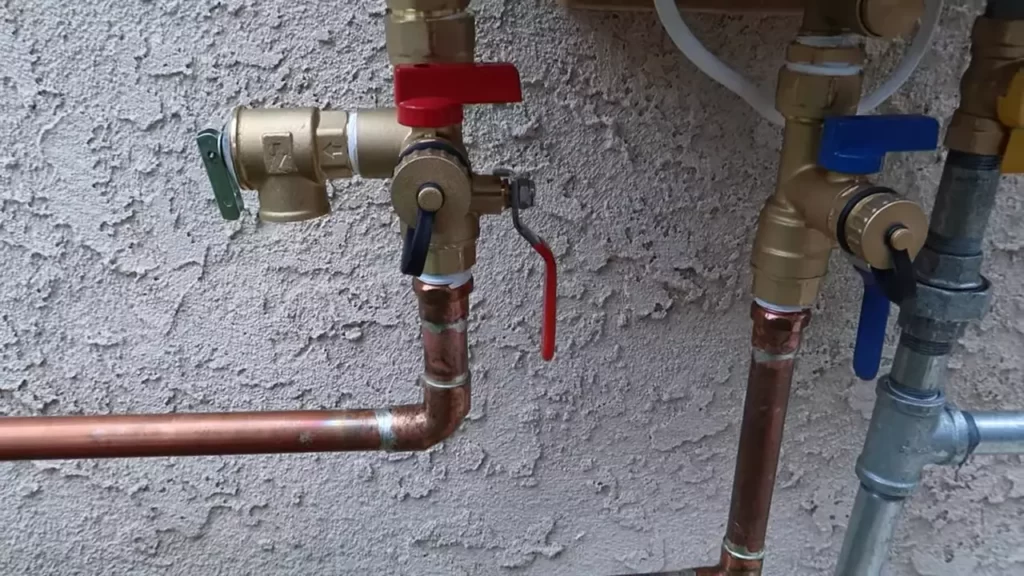
Safety Precautions And Maintenance
Following safety guidelines during installation
When it comes to installing a gas tankless water heater, it is essential to prioritize safety every step of the way. By taking the necessary precautions, you can ensure a smooth and secure installation process. Here are some safety guidelines to adhere to:
- Turn off the gas supply: Before you begin the installation, make sure to turn off the gas supply to avoid any potential leaks or accidents. This can be done by locating the main gas shut-off valve and turning it off.
- Proper ventilation: Gas tankless water heaters require adequate ventilation to prevent the buildup of carbon monoxide. Ensure that the installation area has proper ventilation, and any exhaust vents are installed according to the manufacturer’s instructions.
- Secure gas connections: When connecting the gas supply to the water heater, use proper fittings and ensure that all connections are tight and secure. This helps prevent gas leaks and potential hazards.
- Maintain clearances: Follow the manufacturer’s recommendations regarding clearances around the water heater. This ensures that the unit is installed in a safe and accessible location, allowing for proper maintenance and troubleshooting.
- Professional assistance: If you are unsure about any aspect of the installation process, it is always best to seek professional assistance. Gas-related installations require expertise, and it’s better to be safe than sorry.
Regular maintenance tips and best practices
Once your gas tankless water heater is installed, regular maintenance is crucial to keep it running efficiently and prolong its lifespan. Consider the following maintenance tips and best practices:
- Flush the unit annually: Over time, mineral deposits and sediment can accumulate inside the water heater, affecting its performance. To prevent this, it is recommended to flush the unit annually. Consult the manufacturer’s instructions or hire a professional to perform this maintenance task.
- Check for leaks: Periodically inspect the water heater and its connections for any signs of leakage. Be vigilant for moisture accumulation, unusual odors, or hissing sounds, as these may indicate a gas or water leak. If you detect a leak, immediately shut off the water and gas supply and seek professional help.
- Inspect the venting system: Regularly check the venting system, ensuring it is free from debris or obstructions. A blocked vent can impact the heater’s efficiency and pose safety risks. If you notice any issues with the venting, contact a professional for assistance.
- Monitor the temperature and pressure: Keep an eye on the temperature and pressure readings displayed on the water heater’s control panel. If you notice unusual fluctuations or consistently high readings, it may indicate a problem that requires attention.
- Keep the area clean and clutter-free: Ensure the area around the water heater is clean and free from flammable materials or clutter. This helps prevent accidents and allows for easy access during maintenance and troubleshooting.
Troubleshooting common maintenance issues
Despite following safety guidelines and performing regular maintenance, you may encounter some common issues with your gas tankless water heater. Here are a few troubleshooting steps to address these problems:
- No hot water: If your water heater fails to produce hot water, check if the gas supply is turned on and the pilot light is lit. Additionally, verify that the water heater has adequate ventilation and that the temperature and pressure settings are correctly configured.
- Inconsistent water temperature: If you experience inconsistent hot water temperatures, it may be due to mineral buildup within the unit or a malfunctioning part. Try flushing the water heater to remove any deposits, and if the problem persists, consult a professional technician.
- Unusual noises: Strange noises coming from your water heater can indicate various issues, such as a loose component or excessive sediment buildup. Inspect the unit for loose parts, and consider flushing it to remove any sediment. If the noises persist, contact a professional for further evaluation.
- Ignition failure: If the pilot light fails to ignite or the burner does not start, check if the gas supply is turned on and the gas connections are secure. In some cases, the ignition system may need cleaning or replacement. Contact a professional if you are unsure how to proceed.
By following safety precautions during installation, implementing regular maintenance practices, and troubleshooting common issues effectively, you can ensure the optimal performance and longevity of your gas tankless water heater.
Frequently Asked Questions Of How To Install Gas Tankless Water Heater
Can I Install A Gas Tankless Water Heater Myself?
Yes, you can install a gas tankless water heater by yourself. However, it is crucial to follow the manufacturer’s instructions and ensure proper ventilation and gas connections. Additionally, check local building codes and obtain any necessary permits before proceeding with the installation.
Do Tankless Water Heaters Need Dedicated Gas Line?
Yes, tankless water heaters require a dedicated gas line for optimal performance.
Does A Tankless Water Heater Have To Be Mounted On An Outside Wall?
No, a tankless water heater doesn’t have to be mounted on an outside wall. It can be installed in various locations, such as utility rooms or closets, as long as there is proper ventilation and access to a gas or electrical supply.
How Long Does It Take To Install A Tankless Gas Water Heater?
It usually takes around 4-8 hours to install a tankless gas water heater. Installation time may vary depending on factors like the complexity of the existing plumbing system and the location where the heater will be installed. Professional technicians can handle the installation process efficiently.
Conclusion
Installing a gas tankless water heater is a practical and efficient solution for providing hot water to your home. By following the steps outlined in this guide, you can complete the installation process with ease. Remember to carefully select the location, gather the necessary materials, and consult a professional if needed.
With a gas tankless water heater, you’ll enjoy endless hot water and lower energy bills. Start enjoying the benefits of a gas tankless water heater today!
